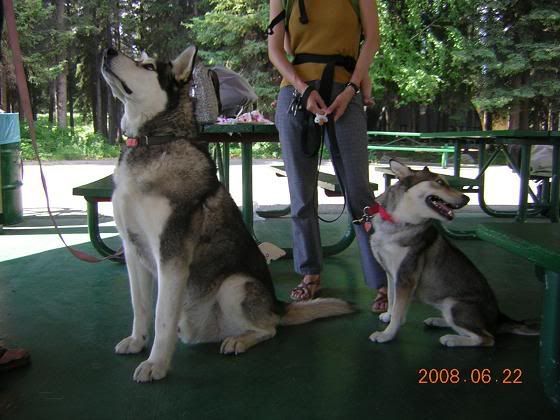In an effort to fortify their diet with more natural and abundant fare, I decided to buy fast-growing aquarium plants. Which of course required that I then provide the plants with proper growing conditions. I took the incandescent and a flourescent lighting fixtures from two standard 10 gallon aquarium hoods (which I already had) and placed them on one ten gallon tank over a plate glass lid. I plugged them into a digital outlet timer that is set to come on at 7:00am and turn off at 8:30pm with a "siesta" from 12:00pm to 12:45pm (I read this inhibits algae growth somehow). The natural daylight schedule is also supposedly good for the plants, which I guess need to sleep too. The timer also makes maintenance a snap. I use one on my other tank at home, and I think the fish really do benefit from a dependable schedule.
As I learned more about growing aquarium plants, this endeavor began to take on a life of its own aside from the original purpose of supplying food for my amphipods. It is a lot of fun. On the Internet, The Planted Tank is very useful for gaining more information. But back to my planted aquarium, I bought several different plants that are either fast growing or interesting:
- Egeria densa (anacharis)
- Cabomba caroliniana (cabomba or fanwort)
- Anubias (anubias)
- Limnobium laevigatum (Amazon frogbit)
- Lemna minor (duckweed)
- Salvinia minima (water spangles, a floating fern)
- Taxiphyllum barbieri (Java moss)
- Aegagropila linnaei (marimo or algae ball)
The only animals that I am aware of in the aquarium are several common small snail species, no more than a few small gammarus amphipods, and about
Regarding a planted aquarium, there is much talk of the difficulty of particular plant species, and of getting specific growing conditions/ water parameters right. But this misses the point that in general, plants are very adaptable and forgiving. One of the main reasons I decided to grow aquarium plants is because they can grow fast and create a lush appearance. This is what wetlands are good at. If one plant type fails under the growing conditions you provide, use another one that will grow for you. Any body of water outdoors will have growing plants nearby. Why? Because nature found the right match between plant species and environmental conditions. All you have to do is the same thing. Light and heat, water and air, nutrients.




